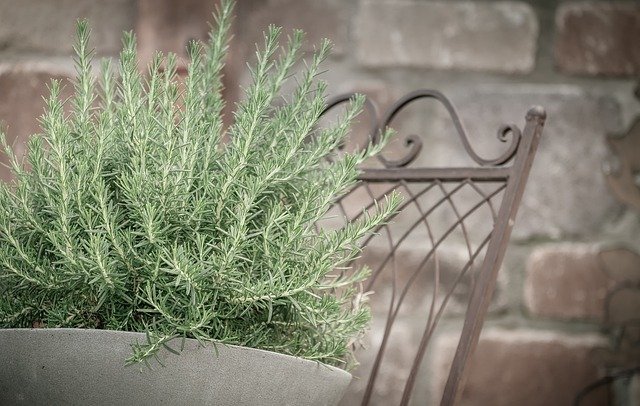Are you a plant enthusiast that craves greenery, but often finds yourself sneezing and rubbing your eyes when you bring a new plant home? Many houseplants do trigger allergies, and sometimes identifying which ones you should avoid can be challenging. But worry not! In this section, we will explore some houseplants that cause allergies and some useful tips to stop you from sneezing the next time you get them. Let’s dive in!

Table of Contents
Can Houseplants Cause Allergies?
You might be wondering the same question, no? The answer is yes, several houseplants can cause allergies. This can be worse if you already suffer from certain types of allergies and sensitivity–like pollen or latex for example. Many houseplants that cause allergies release tiny, sometimes almost microscopic, airborne pollen into the air. This pollen can irritate your respiratory system if inhaled and thus, trigger allergic reactions.
Additionally, sometimes it’s not the airborne pollen that makes your nose itch, but rather the sap. Some people may experience allergic reactions to the plant’s sap or oil, which usually result in contact dermatitis after making contact with the plant. We will explain more about which part of the houseplants causes allergies in the next section below.
Which Part Of The Plant Causes Allergies?
Most people may know that pollen and sap are the two main culprits that cause indoor plant allergies, but what about the other parts of the plant? Are they safe and more hypoallergenic? Unfortunately, other parts of the plant, such as leaves and flowers, can also trigger allergies for gardeners with hypersensitivity. We break down each part of the usual houseplants that cause allergies here:
Pollen

First and the most common part is no other than pollen. For people with allergies, these tiny, somewhat powdery substances that are produced by the male plant’s reproductive organ can trigger allergic symptoms if inhaled. In most cases, the pollen can also provoke allergic reactions when it comes into contact with your eyes and skin.
Houseplants that produce the most pollen and are likely to trigger allergic symptoms are daisies, mums, orchids, and African violets.
Sap
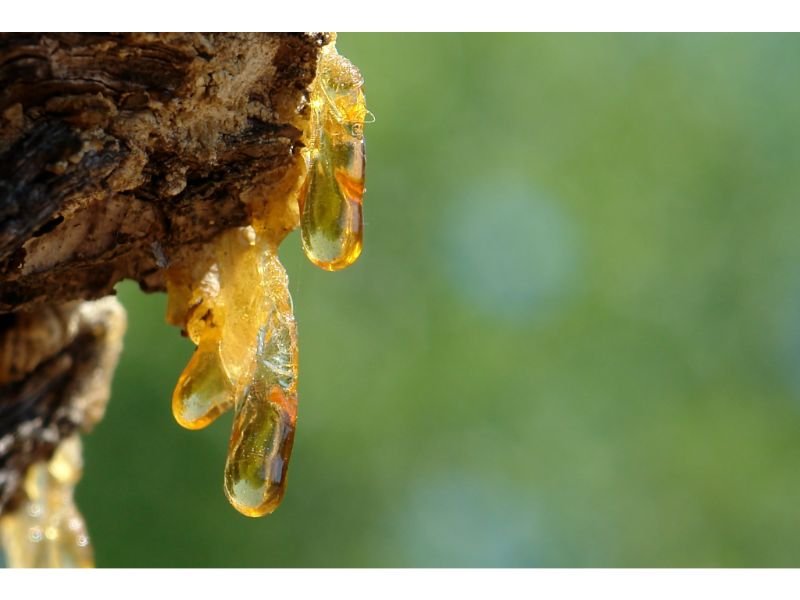
The next part of the houseplants that cause allergies is the sap. Sap is a liquid, sometimes can be milky-white, crystal clear, or sticky, that the plant uses for transporting minerals and nutrients. Generally, the sap can develop allergic reactions when they come into direct contact with your skin. Sap allergy symptoms may also worsen if you’re allergic to latex, a chemical compound that is often found in plant sap.
Sap-producing houseplants that may not be suitable for allergic gardeners include ficus, hoyas, and euphorbias.
Flowers
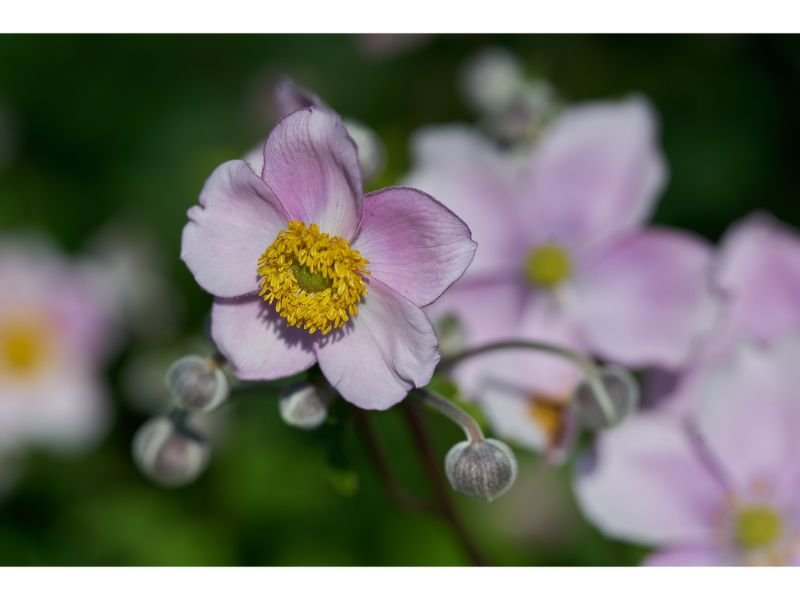
Ah, flowers. Known for their beauty, dazzling colors, and elegance, who would think that they can also trigger allergic reactions? For the flowers part, it’s not solely the pollen that causes you indoor plant allergies, but also the fragrance. Although fragrance itself is not a pure allergen, it’s still a source of irritants that can affect people with vasomotor rhinitis.
Fragrant flowering plants like freesias, tuberose, and lilac can trigger your scent sensitivity.
Fun Fact: If you’re sensitive to the flower’s scent, you’re also likely to be disturbed by the smell of perfume and foods with strong odors.
Leaves
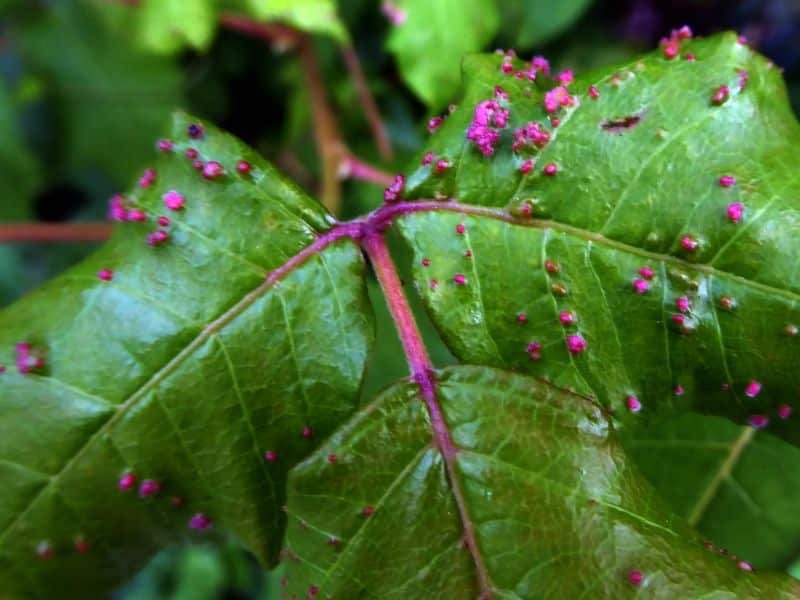
Yes, even leaves can trigger allergic symptoms too. In certain houseplants that cause allergies, in this case, we take poison ivy as an example, crushing the leaves means a ‘dead’ wish. This is because, when the leaves are crushed or damaged, they release substances known as urushiol as a defense mechanism against predators.
Foliage houseplants that cause allergies include English ivy, ficus or the rubber plant, philodendron, and dracaena.
Stems and Barks
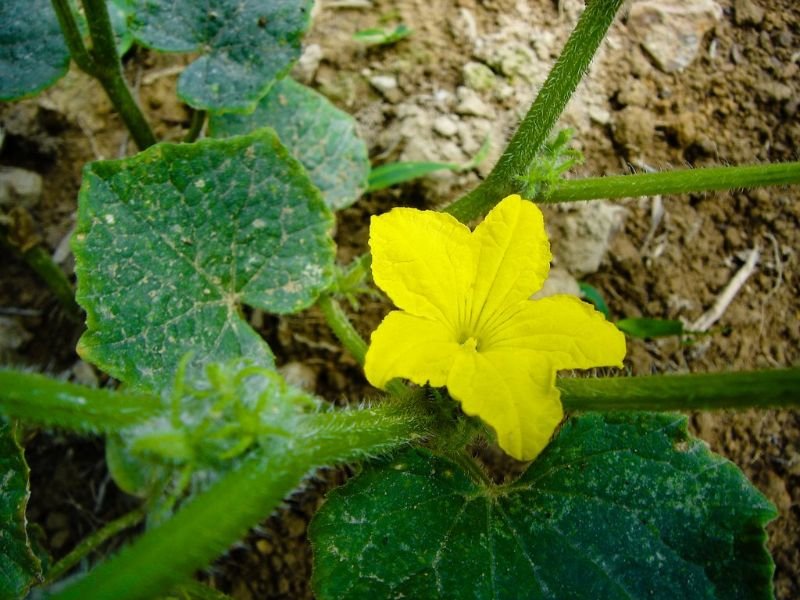
These parts are among the uncommon, but it’s wise to still keep an eye on them as a plant lover with allergies. Stems and barks of some plants can be rough or prickly, which can mechanically irritate your skin and lead to symptoms that are similar to allergic reactions.
What Indoor Plants Cause Allergies?
Flowering Plants
As a gardener with allergies, flowering houseplants can be alluring yet hazardous. Flowering plants such as chrysanthemums, daisies, hyacinths, amaryllis, peace lilies, and scented geraniums are best to be avoided, as they produce allergic-triggering symptoms either by the sap, pollen, or scents.
Woody and Herbaceous Plants
Woody plants that can be turned into bonsai and brought indoors like oak trees and juniperus are known to trigger allergies, especially during spring. Meanwhile, herbaceous houseplants that cause allergies include but are not restricted to, ragweed, the famous mugwort, and lamb’s quarter. Similar to non-allergy-friendly flowering plants, these plants trigger your allergy mainly through their pollen.
Succulents
One of the most well-known drought-tolerant divas in the world of plants, succulents, can also be your enemies. Although succulents are mainly considered to have low-allergenic potential, there are a few you should keep an eye on. The most notable succulents that trigger allergic reactions are yucca, aloe vera, and crassula ovata.
Indoor Plant Allergies Symptoms and Remedies
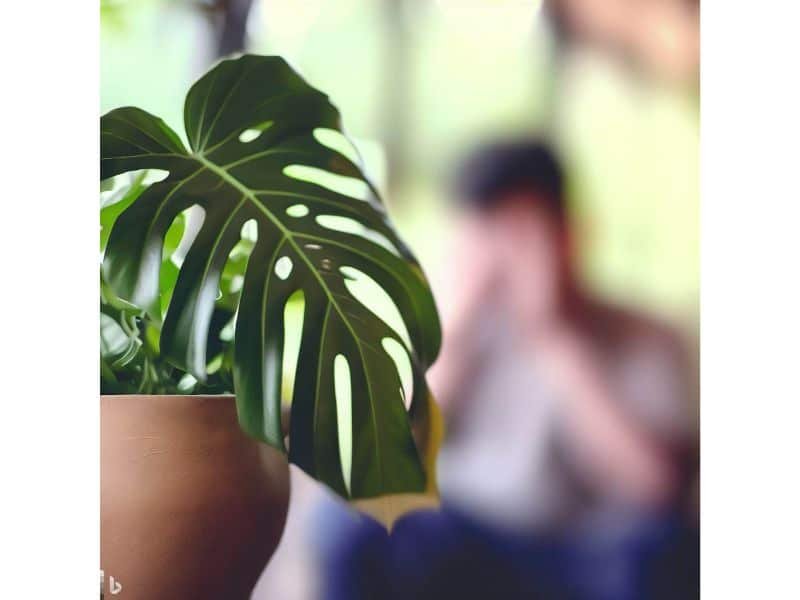
Depending on the severity of your allergies and on your sensitivity towards some triggers, symptoms for houseplants that cause allergies are, but are not limited to:
- Contact dermatitis such as skin rash, itchiness, and inflammation
- Gastrointestinal irritation, including swelling in the mouth, tongue, or esophagus
- Vomiting and nausea can lead to unconsciousness
- Sneezing, watery eyes, and red eyes, which are the most common
In more severe cases, damage to the internal organs may also occur if the plant is highly poisonous and is eaten in large amounts.
The first recommended remedy that you can try is to wash the parts of your body with water and drink lots of water to help flush down the toxins. Contact a professional medical service immediately if needed. Next, consider removing the plant from your indoor landscape and improving the air circulation to reduce any remaining allergens. Don’t forget to regularly keep the gardening area clean and dust-free. Indoor plant allergies are certainly not a pleasant experience, but with these tips in mind, you can minimize triggering the allergic symptoms.
What To Do If You Have Already Purchased A Non-allergy Friendly House Plant?
Perhaps, by the time you read this article, you have checked out your favorite plant and are ready to be a plant parent, until your sensitive immune system says no. So what to do about these houseplants that cause allergies?
First, once you’ve finished identifying the specific house plant that causes you allergies, you can consider removing them from your home, relocate them (e.g. gift the plant to your loved ones, make sure they don’t have any allergies), or discuss with the seller whether they’re willing to make a refund or not. You can also consider replacing the plant with more allergy-friendly houseplants, there are a bunch to pick!
If it turns out that the houseplants only cause mild allergic symptoms and nothing serious, it may not be necessary to fully remove the plant. However, you still need to take action on some things, including increasing the ventilation and air circulation, cleaning the growing space more often, and ensuring to always use protective gloves, a face mask, and a gardening apron to protect your clothes.
Dealing With Houseplants That Cause Allergies
Depending on the severity, Indoor plant allergies can be a serious problem if not treated well. Nonetheless, by limiting your contact to non-allergy-friendly houseplants and ensuring to keep the growing environment is healthy and clean, you can effectively deal and say no worries with houseplants that cause allergies.

Gardening is my passion and growing plants indoors has always been a stress relief for me. Grow a banana tree in my apartment once (although failed to produce bananas).





